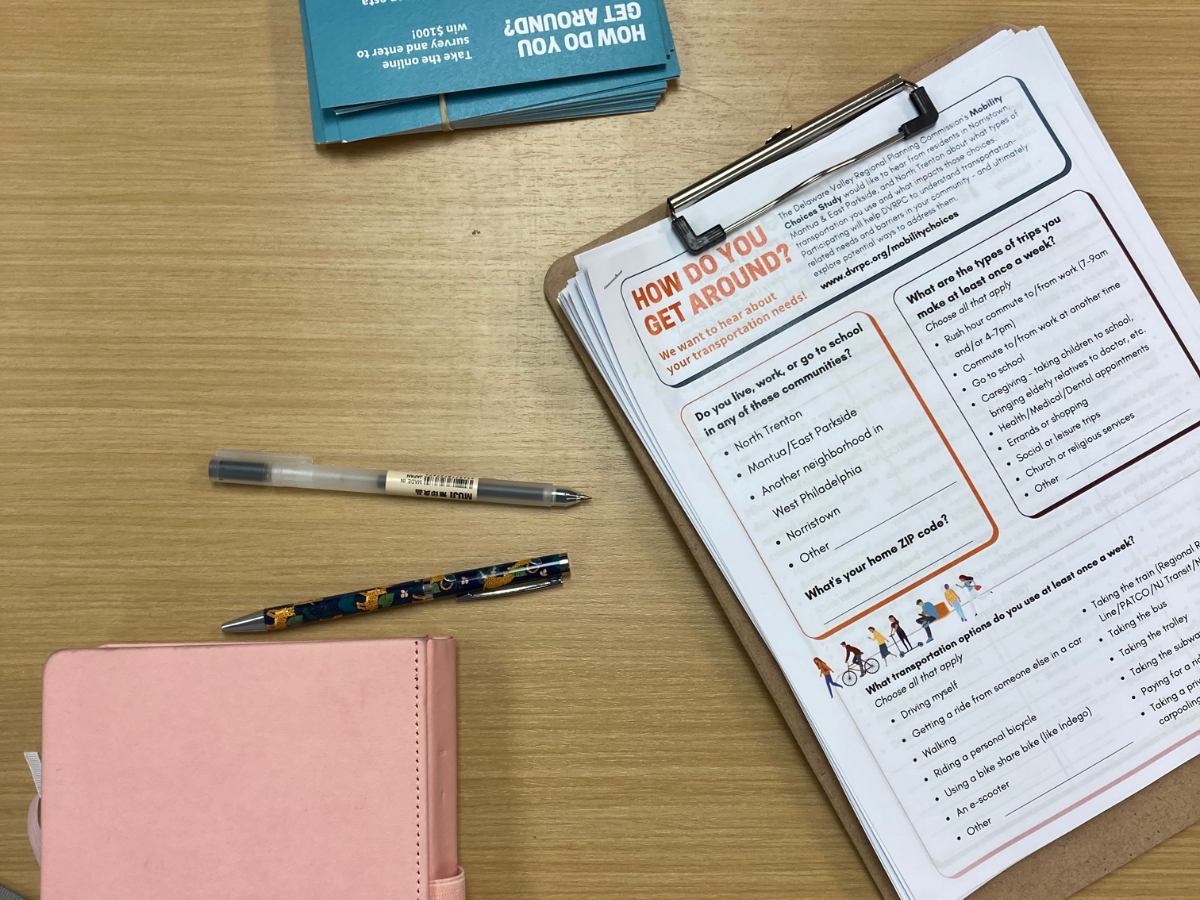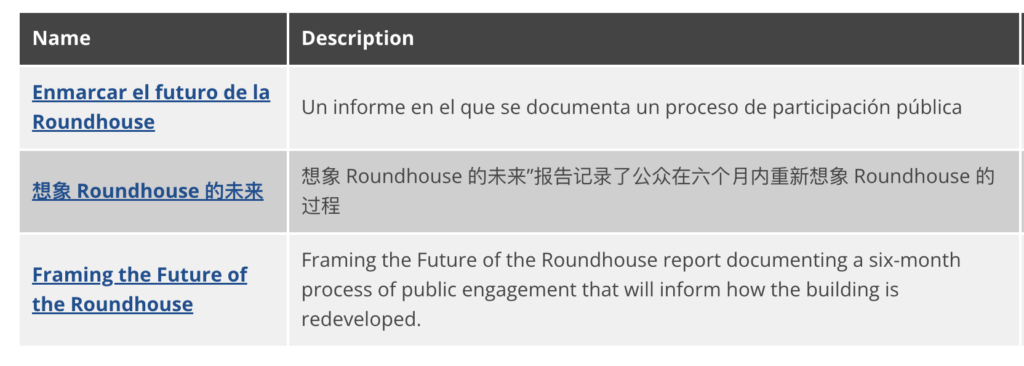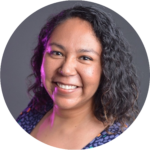
14 Nov Language Access | Acceso Lingüístico
Welcome to our Bilingual English/Spanish Blog Post Series on Inclusive Public Engagement
In Spanish, we have several forms of “you”. In countries like Colombia, “usted” is the norm. In Mexico “tú” is for peers who hold equal social power. In Guatemala “vos” is the most popular term among the lower-middle class. The choice defines the tone of the conversation. For the Spanish version of this post, I use the form “tú” because I want to create a tone of a conversation among equals. Do you know who your audience is? How do you want your tone to be while communicating with them?
In our previous post, we discussed what Cultural Accessibility is and how we integrate it into our practice at Connect the Dots. We highlight our motivation to prioritize culturally accessible community engagement. Today we go one step further. Language Access is one of the first considerations when talking about cultural accessibility. However, it would be a mistake to say that by ensuring language access we have a culturally accessible community engagement process.

Connect the Dots Framing the Future of the Roundhouse project (2022-2023) was conducted in English, Simplified Chinese, and Spanish. The final report is available on the City of Philadelphia website
What is Language Access and How to Do it
At the organizational level, Language Access is a set of policies and services that serve to ensure the quality of translation and interpretation services. However, not all organizations have this capacity, or it is a process that takes a long time, or it is necessary to outsource because the budget is limited.
This is when using Google Translate seems to be a good option. It’s fast, it’s free; it surely works, right? The impact of a mediocre translation goes far beyond the message not being understood. “As project leaders, we could assume that the communication was successful and absolve ourselves of any further responsibility,” explains my friend and former Director of Language Access in the City of Philadelphia, Maria Giraldo Gallo. “With poor quality translation we can make people feel left out of the conversation,” she said, “and that’s exactly the opposite of what we’re trying to achieve.”
Language Access on a Budget
If you have very few or no resources but know the value that Language Access has for your community engagement process, here are a couple of recommendations to use to get started.
- Identify your key messages. All community engagement projects have key messages that are distributed through different platforms and are aimed at different audiences. Identify phrases that you will often use to reach different audiences and on different platforms, organize them in a table, and pay for them to be translated only once.
- Bilingualism. Some linguistic groups use English words as part of their daily lives, that is, there are words or phrases that you will not have to translate. The name of your project may not have to change, or you may not have to translate the name of some organizations or public services. Do some research before paying for a translation of something you may not need.
- Use images and iconography.There are things that do not have to be translated, such as the words “date”, location”, “time”, “objective”, etc. Be creative and try to use graphics when possible. This will reduce the cost of translation and will also allow you to show more visually appealing communications.
As a pro tip, search in your network for a native speaker of the language you are prioritizing as part of your Language Access strategy, and ask for feedback. Consider that these people do not necessarily have training as professional translators and that they may be biased by regionalism. However, they will be able to help you with perspectives that support cultural inclusion.
- Have you ever wondered what other languages your colleagues and friends speak besides English?
- Are you learning another language or would you like to reconnect with that language you once started learning? Share with us!
- What’s something you’d like us to explore in the next posts?
Bienvenido(a/e) a nuestra serie bilingüe español/inglés sobre Relacionamiento Comunitario Inclusivo
En español no es lo mismo hablar de “tú” que hablar de “vos” o de “usted”. En países como Colombia, “usted” es la norma en varias ciudades. En México “tú” es para iguales que tienen similar poder social. En Guatemala “vos” es el término mas popular entre la clase media-baja. La elección de la forma define el tono de la conversación dependiendo de la audiencia. Yo utlizo la forma “tú” en mis posts porque quiero definir un tono de conversación entre iguales. Tú, ¿sabes quién es tu audiencia? ¿Cómo quieres que sea el tono de la comunicación con ellos?
En nuestro post anterior discutimos sobre qué es la Accesibilidad Cultural y cómo la integramos a nuestra práctica en Connect the Dots. Resaltamos nuestra motivación para priorizar relacionamiento comunitario culturalmente accesible. Hoy vamos un paso más allá. Acceso lingüístico es una de las primeras consideraciones que se tienen cuando se habla de accesibilidad cultural, sin embargo, no sería correcto decir que por asegurar acceso lingüístico tenemos un proceso de relacionamiento comunitario culturalmente accesible.

El proyecto Enmarcar el Futuro de la Roundhouse (2022-2023) de Connect the Dots fue conducido en Inglés, Chino Simplificado y Español. El reporte final está disponible en el sitio web de la Ciudad de Filadelfia
Qué es Acceso Lingüistico y cómo hacerlo
A nivel organizacional, Acceso Lingüistico es un conjunto de políticas y servicios que sirven para asegurar la calidad de los servicios de traducción e interpretación. Sin embargo, no todas las organizaciones tienen esta capacidad, o es un proceso que se demora mucho, o toca subcontratar pero el presupuesto es limitado.
Es entonces cuando usar Google Translate parece la mejor opción. Es rápido, es gratis; seguro que funciona, ¿cierto? El impacto de una traducción mediocre va mucho más allá de que el mensaje no se entienda. “Como líderes de proyecto podríamos asumir que la comunicación fue exitosa y eximirnos de la responsabilidad de nada más”, explica mi amiga y ex-Directora de Acceso Lingüistico en la Ciudad de Filadelfia, Maria Giraldo Gallo. “Con una traducción de mala calidad podemos ocasionar que gente se siente excluida de la conversación”, dijo, “y eso es exactamente lo contrario de lo que queremos lograr”.
Acceso Lingüistico con bajo presupuesto
Si tienes muy pocos o nulos recursos pero sabes del valor que tiene el acceso lingüistico para tu proceso de relacionamiento comunitario, aquí un par de recomendaciones que usar para comenzar.
- Identifica tus mensajes clave. Todos los proyectos de relacionamiento comunitario tienen mensajes clave que se distribuyen por diferentes plataformas y van dirigidos a diferentes audiencias. Identifica frases que usarás para diferentes audiencias y en diferentes plataformas, organiza todo en una tabla, y paga por su traducción solo una vez.
- Bilingüismo. Algunos grupos lingüisticos utilizan palabras del inglés como parte de su día a día, es decir, hay palabras o frases que no tendrás que traducir. Es posible que el nombre de tu proyecto no tenga que cambiar, o que no tengas que traducir el nombre de algunas organizaciones o servicios públicos. Infórmate antes de pagar la traducción de algo que quizá no necesitas.
- Usa imagenes e iconografía. Hay cosas que no se tienen que traducir, tales como las palabras “fecha”, ubicación”, “hora”, “objetivo”, etc. Sé creativo(a/e) e intenta usar gráficos cuando sea posible. Esto hará que se reduzca el costo de la traducción y además te permitirá mostrar alternativas visualmente más atractivas.
Como pro tip, busca en tu red de contactos a algún hablante nativo de la lengua que estás priorizando como parte de tu estrategia de Acceso lingüistico y pide retroalimentación. Considera que estas personas no necesariamente tienen entrenamiento como traductores profesionales y que pueden estar sesgados por regionalismos. Sin embargo, podrán apoyarte con perspectivas que apoyen la inclusión cultural.
- ¿Te has preguntado qué otras lenguas hablan tus colegas y amigos además de inglés?
- ¿Estás aprendiendo alguna otra lengua o te gustaría reconectar con ese idioma que alguna vez comenzaste a aprender? ¡Compártenos!
- ¿Qué te gustaría que exploremos en las próximas publicaciones?
 Sylvia es Directora en Connect the Dots. Altamente capacitada y con experiencia en gestión de impacto social en el sector privado, público y sin fines de lucro, tiene una Maestría en Prospectiva Estratégica por del Tec de Monterrey y una Licenciatura en Economía por la Universidad de Monterrey. Desde abril de 2022, Sylvia ha desempeñado un papel fundamental en las operaciones y los esfuerzos de relacionamiento comunitario inclusivo en Connect the Dots, gestionando proyectos clave, co-dirigiendo el desarrollo empresarial y supervisando la prestación eficiente de servicios. Apasionada por la inclusión, Sylvia tiene un certificado de posgrado en Liderazgo Sin Fines de Lucro y forma parte del Consejo Asesor de The Welcoming Center, promoviendo el crecimiento económico inclusivo para inmigrantes y refugiados, al tiempo que prioriza la construcción de relaciones y apoya el crecimiento de otros.
Sylvia es Directora en Connect the Dots. Altamente capacitada y con experiencia en gestión de impacto social en el sector privado, público y sin fines de lucro, tiene una Maestría en Prospectiva Estratégica por del Tec de Monterrey y una Licenciatura en Economía por la Universidad de Monterrey. Desde abril de 2022, Sylvia ha desempeñado un papel fundamental en las operaciones y los esfuerzos de relacionamiento comunitario inclusivo en Connect the Dots, gestionando proyectos clave, co-dirigiendo el desarrollo empresarial y supervisando la prestación eficiente de servicios. Apasionada por la inclusión, Sylvia tiene un certificado de posgrado en Liderazgo Sin Fines de Lucro y forma parte del Consejo Asesor de The Welcoming Center, promoviendo el crecimiento económico inclusivo para inmigrantes y refugiados, al tiempo que prioriza la construcción de relaciones y apoya el crecimiento de otros.
Sylvia is a highly skilled Principal at Connect the Dots, with expertise in private, public, and nonprofit social impact management, holding a Master’s degree in Strategic Thinking from Tec de Monterrey and a Bachelor’s degree in Economics from Universidad de Monterrey. Since April 2022, Sylvia has played a pivotal role in operations and inclusive engagement at Connect the Dots, managing key projects, co-leading business development, and overseeing efficient service delivery. Passionate about inclusion, Sylvia holds a graduate certificate in Nonprofit Leadership and serves on the Advisory Council of The Welcoming Center, promoting inclusive economic growth for immigrants and refugees while prioritizing relationship-building and supporting others’ growth.
